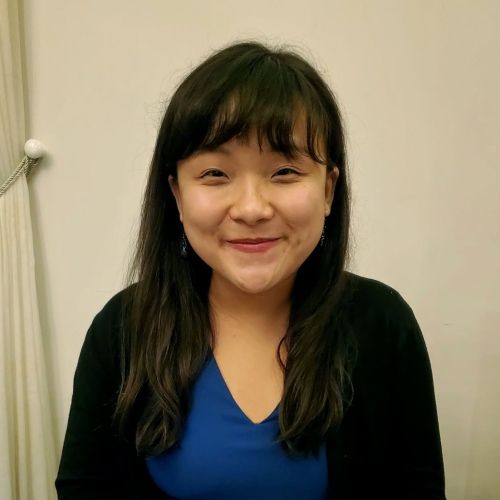
HKDSE 2019: English Language Paper 1 and Paper 2 both contained new elements or methods of providing information
Tutors from Modern Education and Beacon College say there were parts of the reading and writing exams should have been familiar, but there were some things to look out for

This year’s HKDSE English Paper 1’s Part B2 reading passage was more challenging than last year’s, said English teachers and tutors. However, Paper 2’s new way of setting out instructions should have helped stop students from going off-topic.
Paper 1, the reading paper, is divided into Parts A and B, and tested students’ comprehension through reading and answering questions on five texts. Questions in Part A were compulsory, but students were allowed to choose between Section 1 and 2 for Part B.
“This is the first year that the narrative autobiography genre has been found in the reading materials of Paper 1,” Modern Education tutor Calvin Sun said, referring to Part B2’s reading passage. It was an excerpt of an author’s autobiography of his childhood memories.
Beacon College’s Kenneth Lau added that “the presence of advanced vocabulary, rhetorical devices, as well as complicated sentence structures” also made the passage hard to digest.
“More explanatory questions were seen in this part of Paper 1 as well, which meant students were required to make a lot of inferences - which isn’t easy,” agreed Sun.
Top tips for Saturday’s English Language Paper 3 - Listening and Integrated Skills
Paper 1 Part A provided students with a transcript of an interview with an author about the benefits of working in a messy environment as opposed to a tidy one. There were multiple-choice, fill-in-the-blanks, proofreading, and short questions.
Part B1 consisted of three texts on Hong Kong’s reading culture and public library policies. The materials presented were an events webpage, a news article, and a Letter to the Editor.
Both Part B1 and B2 required students to demonstrate their reading comprehension and analysis skills through answering true or false, matching, fill-in-the-blanks, and short questions. The more challenging Part B2 containted plenty of questions that required longer answers.
“Students should have found Part A easier, because there were fewer open-ended questions compared to previous years. Most of the questions, which tested students’ knowledge of linguistic devices, were quite simple,” said Ansley Lee Kwan-ting, an English teacher from Kiangsu-Chekiang College.
DSE student Jacqueline Guico, 19, agreed. “The questions in Part A were straightward. I found Part B2 more challenging than I expected,” said the Form Six Belilios Public School student. “There were more long questions which required students to analyse the passage and provide evidence to support their answers.”
However, Ally Chan, 17, from Baptist Lui Ming Choi Secondary School, thought the difficulty level of Paper One was similar to past years.
What to bring with you into the exam room
Paper 2 tested students’ writing skills, and was divided into Parts A and B. Part A asked students to complete a yearbook entry as a graduating student, and to write 200 words on a subject they enjoy or find challenging, as well as what they will miss most about being a student.
In Part B, students could have chosen to write 400 words on one of eight given questions, which tested their knowledge of different writing genres and formats. Genres given included a short story, an argumentative essay, a news report, a film review, and a formal email.
Teachers and tutors noticed that the way the instructions were presented in Part B had changed this year. Instead of paragraphs, most of the writing requirements - including content and genre - had been presented in bullet point form.
“The clearer guidelines should have made it easier for students to stay on track with their topic, and to structure their writing,” said Lee.
However, Lau said that there was a risk of students focusing too much on checking if they’d completed the tasks in the bullet points. They might have overlooked the background information that had been provided before the bullet points.
“Students who failed to take into account the context might have lost points for addressing their writing to the wrong audience, or writing in an inappropriate tone,” he said.
Things to remember before you head into the exam room
Ally said she picked Question 2 because it looked straightforward. The question required students to explain the pros and cons of bringing international talents to Hong Kong society, and to suggest ways to ensure people from the local community were not neglected as a result.
“I normally choose [writing tasks] about social issues, debate, or short stories. I could think of many arguments for this question, so I went with it,” she said.
“There’s a chance that students might have misread or misinterpreted the question and made their essay an argumentative one,” said Lee. “For instance, they might have argued why the city should prioritise hiring locals over international talents, which was not required.”
Jacqueline picked Question 3, in which she was asked to argue whether social media platforms encourage or stifle rational public debate.
Sun said Questions 2 and 3 had probably been the two most popular picks among students. “Students who included counter-arguments when answering Question 3 are more likely to get a high score.”
